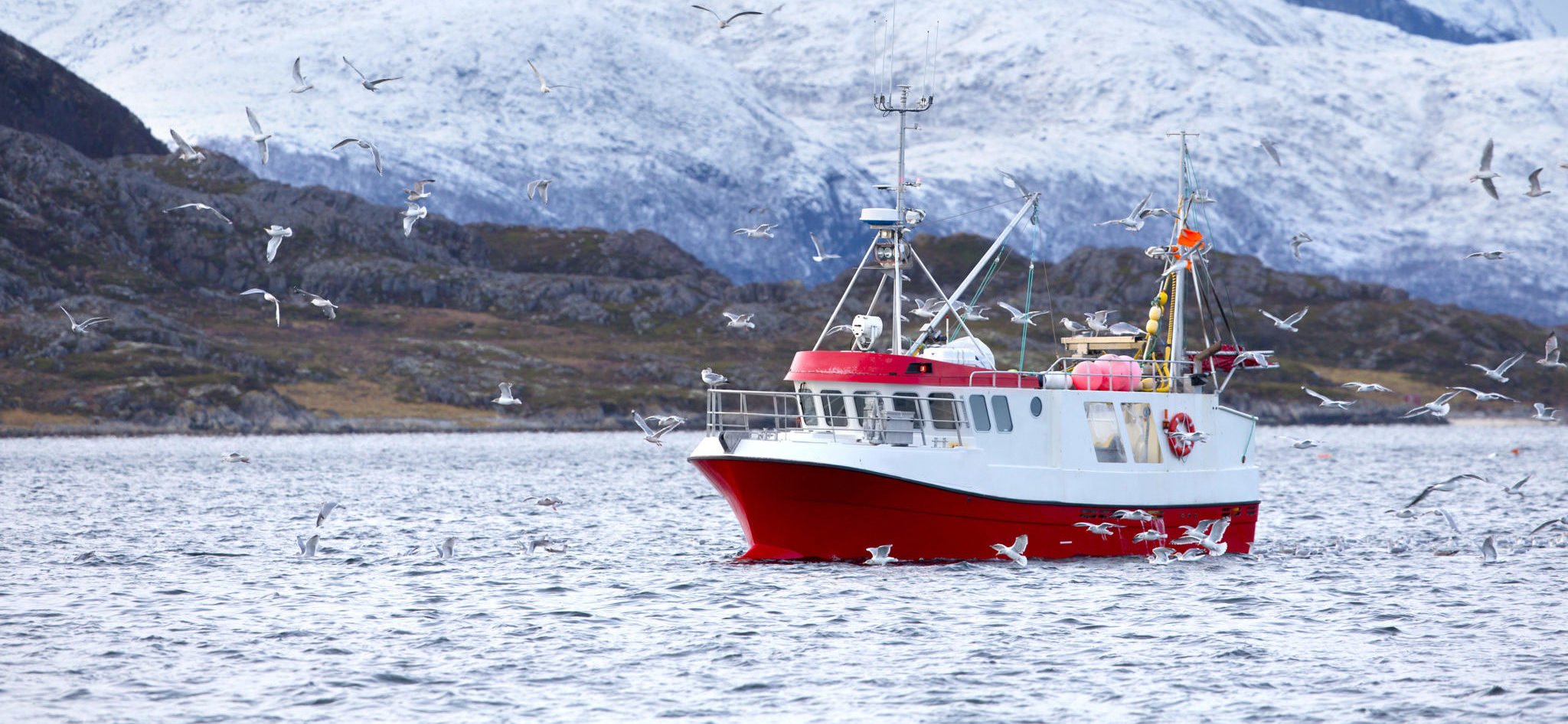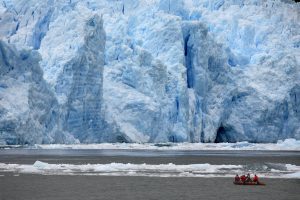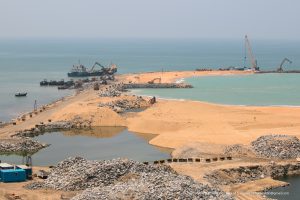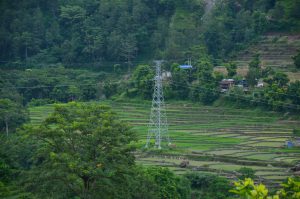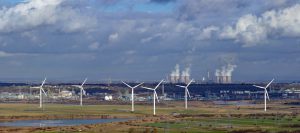At last month’s meeting of the Arctic Circle – an association of governments, non-governmental organisations, academic institutions, and civil society groups with an interest in the Arctic – the increasing presence of China showed how geopolitical competition in the region has been renewed, and is being amplified by the accelerating impacts of climate change and the melting of the circumpolar sea ice.
The Arctic, if anyone considered it at all, was preemptively the concern of the eight nations with direct access; it was a Western preoccupation, the East being excluded by natural barriers and a focus elsewhere. China made its first important foray into this dialogue in 2013 when it was recognised as an Arctic observer. Then in 2016 it announced the Polar Silk Road, a strategic element of the larger Belt and Road Initiative. China is using this strategy to assert its economic power from Asia into Europe by road, train, and shipping systems, and to accommodate expansion of Chinese production and trade. In 2018, China also published an Arctic White Paper, justifying its role in the region and detailing specific actions.
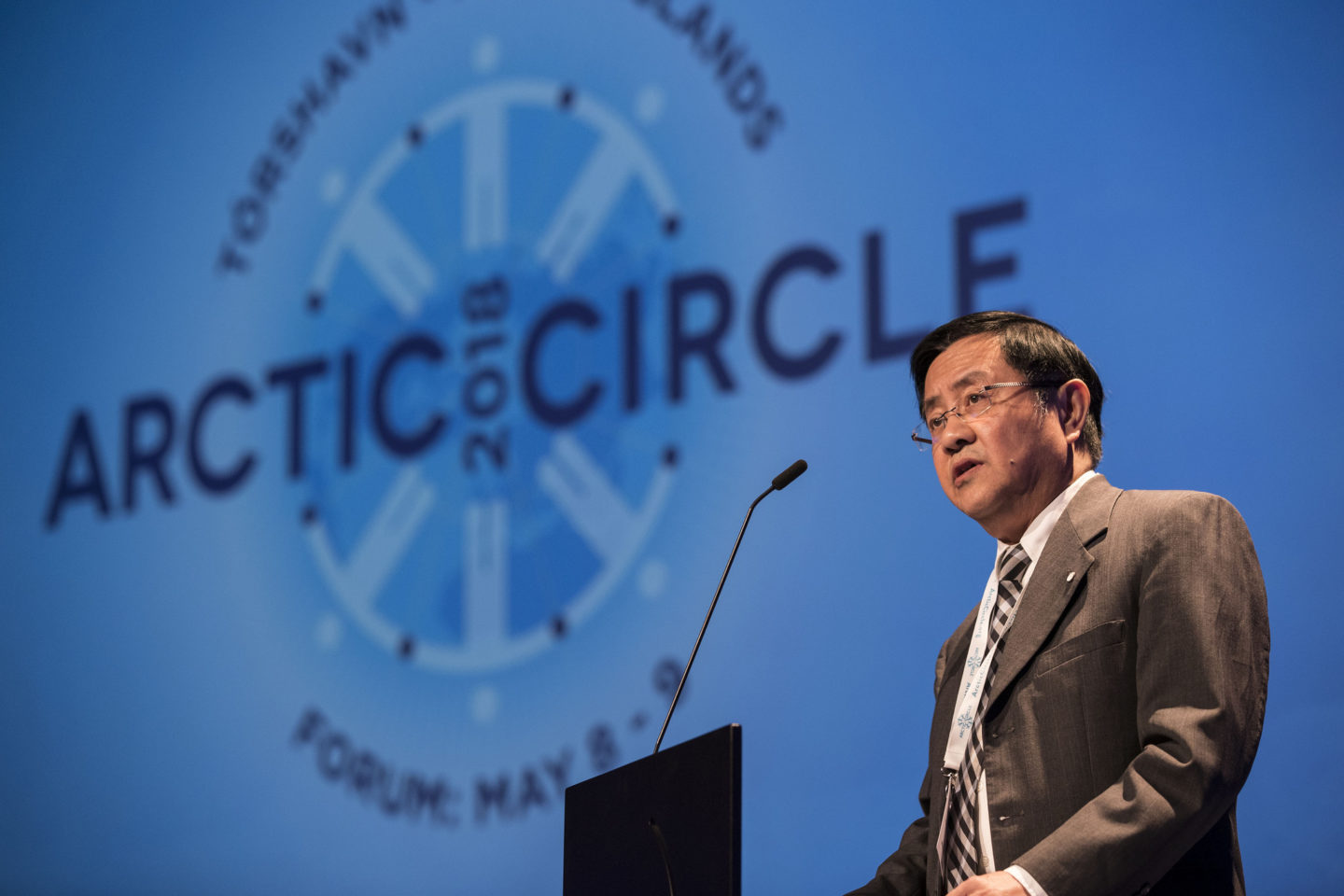
New technologies, climate realities and national aspirations are making the unique marine and terrestrial ecosystems of the Arctic increasingly available. Their economic value has also been enhanced by depletion elsewhere. A 2017 ecosystem service analysis valued the prize at some US$281 billion (1.9 trillion yuan) a year in terms of food, mineral extraction, oil production, tourism, hunting, existing value and climate regulation.
This shocking figure has implications for the regional environment, local communities and economic development opportunities. It makes the Arctic an inevitable locus for Chinese interest and investment. The opening of the Northern Sea Route will make connection more direct, reducing time and space with financial advantages through a circum-enclosure of Europe, and increased access to the United States and the Canadian North Atlantic.
China’s presence at the Arctic conference was an arrival and a claim of centre stage
The Chinese White Paper offers a list of the highest intentions. It acknowledges existing national claims and international agreements, projects continuing serious investment in exploration and scientific study, and commits to cooperative bilateral treaties for specific intents, policy coordination, infrastructure connectivity, unimpeded trade and financial integration. The tone is responsible and collaborative; the rights of Nature and indigenous people are solemnly affirmed; and the sense of peace and harmony for these interactions is assured. It appears progressive, reasonable, and inevitable.
This confidence was on display at the Arctic Circle meeting in Reykjavik by senior Chinese officials in plenaries and panels, by Chinese managers in topical workshops and presentations, and at an event sponsored by the Chinese at Harpa, Reykjavik’s elegant convention centre. There were cocktails, dim sum, and a music and dance performance. It was an arrival and a claim of centre stage. Even the cynics may have been charmed.
The United States was notably absent beyond the presence of Alaska Senator Lisa Murkowski, one questioner from the floor by a member of conservative US think-tank the Heritage Foundation, and by one young man with a card declaring him “Special Advisor on the Arctic to President Donald J Trump” who lingered at a workshop on infrastructure investment. The Russians were there, represented by Sergey Kisiyak, also a Senator in the Russian Federation and recent Ambassador of Russia to Washington DC.
$281bn
In my view, the Chinese claim seemed overtly preemptive. The logic of their presence and influence goes against the certainties of the past, but by simply being there they had expanded observer status almost to full and equal rights.
Further, in the list of White Paper policies and positions, below the blandishments and commitment to exploration, environmental protection, and cultural understanding, there was a key section on utilising Arctic resources with several very specific implications:
1) Development of the Arctic shipping lanes
Calling for rights of use and freedom of navigation, a role in the establishment of security and logistical capacities, and infrastructure construction and operation of Arctic routes;
2) Exploration and exploitation of oil, gas, mineral and other non-living resources
Calling for participation in development of these resources through cooperation and forms of agreement; and participation and exchange in the study of clean energy sources such as low carbon technology, wind, and geothermal technologies.
3) Conservation and utilisation of fisheries and other living resources
Calling for access to the new fishing grounds of the future within the context of conservation and international agreements pertaining equally to all states; and access to the study and protection of marine genetic resources and the equitable sharing and use of the benefits of this exploitation.
The penultimate commitment pledges to the principles of “extensive consultation, joint contribution and shared benefits, emphasised policy coordination, infrastructure connectivity, unimpeded trade, financial integration, and closer people-to-people ties”. In other words, a full seat at the Arctic table, like it or not.
The compelling interest in the natural wealth of the Arctic is not new; it has been an underlying subtext in all the prior meetings of the Arctic Circle, noble commitments to biodiversity, sustainability, indigenous communities, and traditional culture notwithstanding. What is interesting now is the arrival of a bumptious and muscular new player – with equal interest, advanced technology, more capital, autocratic decision-making, and fulsome determination. As genteel as it was all made to sound, it was an overt claim to power, pure and simple.
